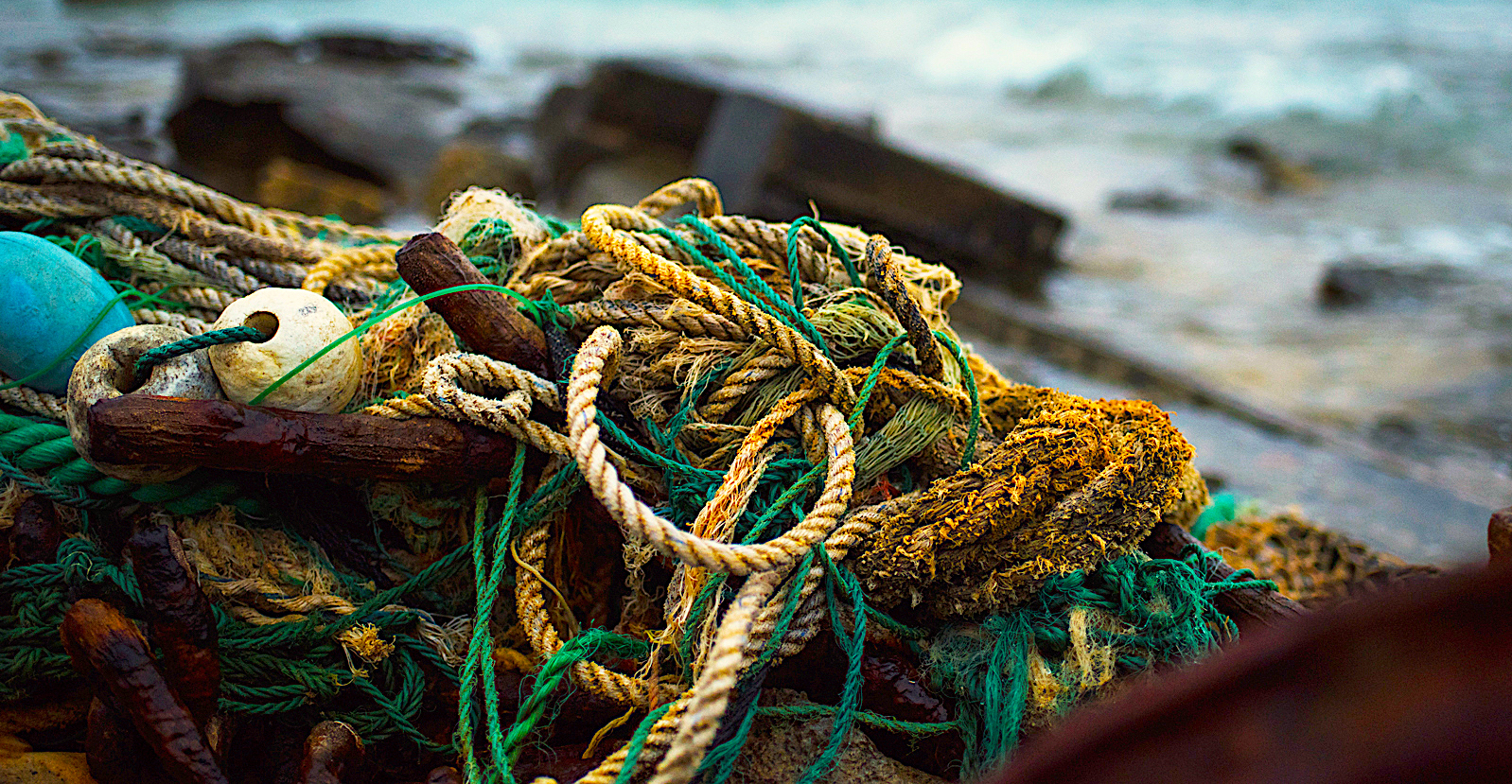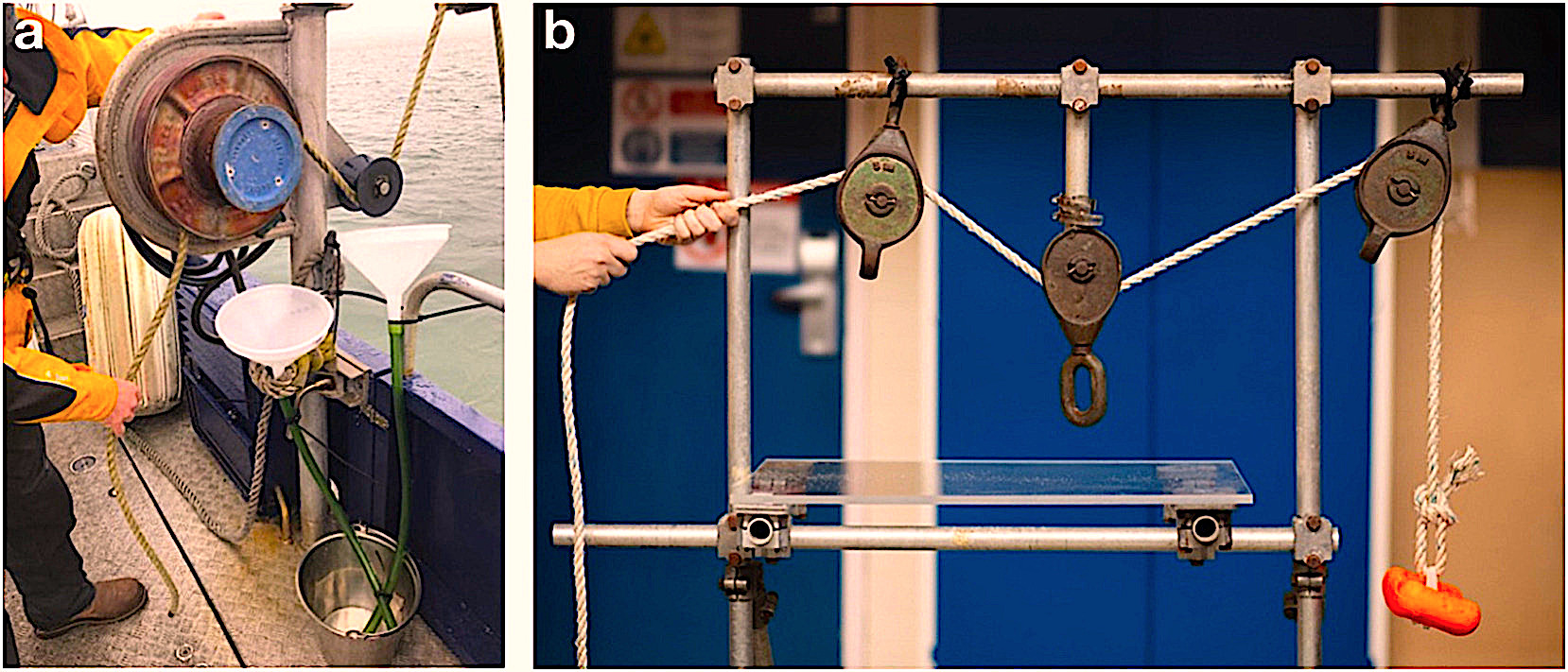Is Rope Polluting our Waterways?

Plastic is everywhere — even in maritime rope.
Recreational boating has grown into one of our nation’s most popular pastimes. Last week, Memorial Day kicked off the summer season for many of the millions of Americans who enjoy our country’s beautiful waters.
Clean water is important to all of us. However, many of our water-based activities can contribute to pollution, adding trash, fuel, and sewage to our coastal waters.
But most of us don’t consider rope as a potential source of pollution.
Research Need
Plastic is everywhere, and a lot of it ends up in the ocean. Most plastics in the ocean break up into very small particles called “microplastics,” and increasing evidence shows this form of marine pollution can be harmful to our ocean and aquatic life. As an emerging field of study, though, not a lot is known about all the sources and fates of microplastics.
Historically, maritime rope and netting have been produced from natural resources, such as cotton, flax, or hemp fibers. Following the large-scale increase in plastic production during the 1950s, synthetic gear has progressively replaced its natural counterparts.
Even synthetic plastic ropes are subject to wear from abrasion and can be susceptible to embrittlement and cracking. This can cause ropes to fragment and form microplastic fibers, which raises concerns about possible marine contamination.

What did they study?
Scientists tested different types of commercial and recreational maritime rope of various ages, diameters, and materials.
From a research vessel, the team hauled the assortment of ropes at varying water depths and under a load (about 30 pounds). They also placed wide funnels at two different friction points to collect rope fragments, and through laboratory testing they estimated the amount of microplastic shedding.
What did they find?
Rope wear generated microplastic fragments — 767 fragments on average per meter of rope, which is the equivalent of about 1/1000th of one gram of material. With 320,000 recreational boaters and several thousand more commercial fishers in our state alone, when we begin considering their traffic over time this seemingly small amount of fragmented rope adds up.
New rope released significantly fewer microplastic fragments than rope two or more years old. In fact, fragments increased 32-fold with aged rope.
The team also found that rope with 25% smaller wear surface (meaning the diameter was thinner or the length was shorter) released 37% more microplastic fragments.
Anything else?
New polysteel rope released 176% more microplastic fragments than new polypropylene rope. This suggests that the type of plastic used to make the synthetic rope, to some degree, may have affect microplastic emission from synthetic rope.
So what?
The results of this study are the first to indicate that hauling ropes in maritime settings leaves behind large quantities of microplastics.
The researchers put their findings into perspective: assuming a boat hauls about 160 feet of rope, each time the crew pulls in rope less than two years old, it could release 700 to 2000 pieces of microplastic — and rope two or more years old could emit 36,000 to 38,000 pieces.
As a result, the team recommends standards for rope maintenance, replacement, and recycling.
Reading
Napper, I.E., Wright, L.S., Barrett, A.C., Parker-Jurd, F.N.F., and Thompson, R.C. 2022. Potential microplastic release from the maritime industry: Abrasion of rope. Science of the Total Environment 804: 150155.
Some of the content of this paper is from a much larger project funded by the UK Government, Department for Environment, Food and Rural Affairs (project ME5435).
By Sara Mirabilio
Lead photo courtesy of NOAA.
The text from Hook, Line & Science is available to reprint and republish at no cost, but only in its entirety and with this attribution: Hook, Line & Science, courtesy of Scott Baker and Sara Mirabilio, North Carolina Sea Grant.
- Categories:



